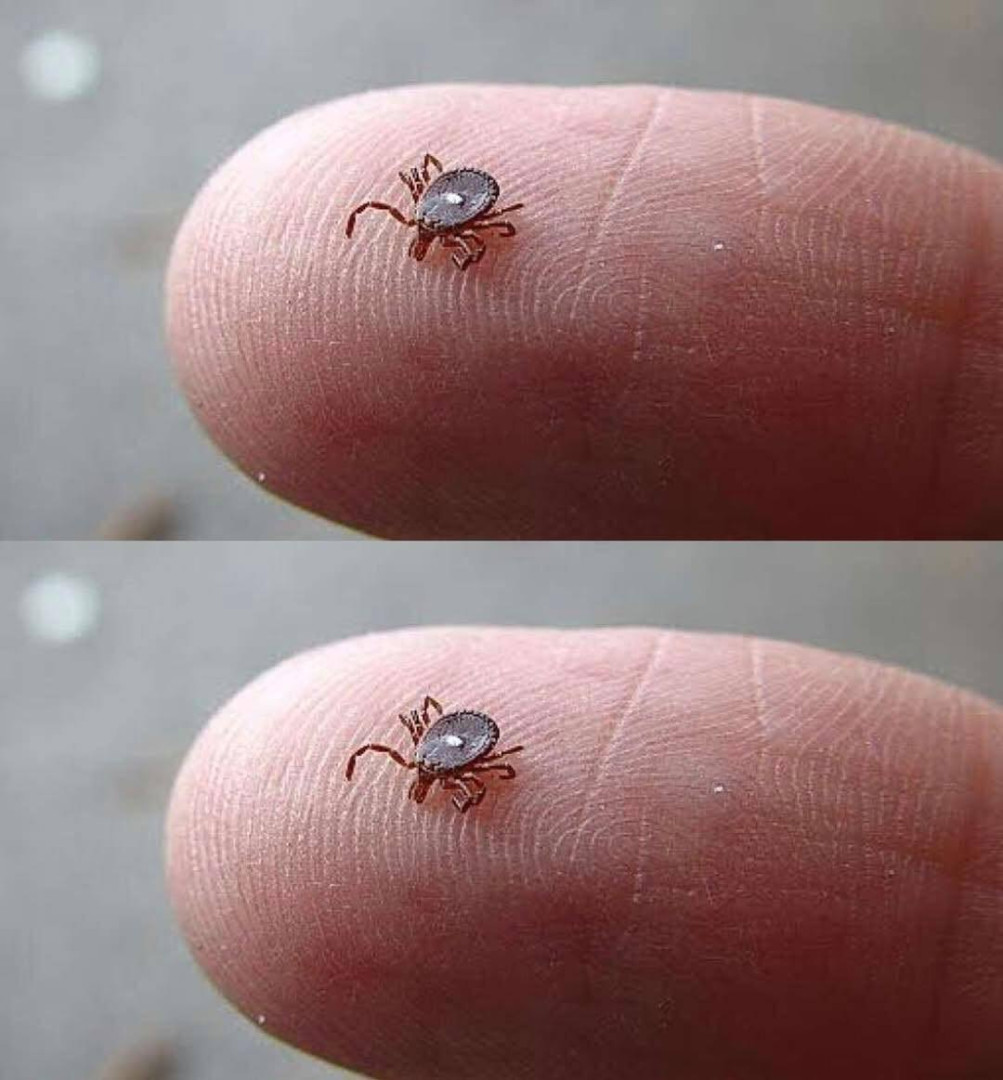- You develop flu-like symptoms, rash, or joint pain.
- You experience an allergic reaction hours after eating meat.
- You are pregnant or immunocompromised—risk of complications may be higher.
If symptoms suggest alpha-gal syndrome, your doctor may order a blood test to detect antibodies. There’s currently no cure for AGS, but avoiding trigger foods and carrying an epinephrine auto-injector (if prescribed) can help manage it.
🛡️ How to Prevent Lone Star Tick Bites
- Wear long sleeves and pants when in wooded or grassy areas.
- Use EPA-approved tick repellents (like DEET or permethrin-treated clothing).
- Check your body thoroughly after being outdoors—ticks love warm, hidden spots.
- Shower within two hours of coming indoors.
- Keep yards mowed and leaf litter cleared to reduce tick habitats.
Final Thought
Being bitten by a Lone Star tick can be unsettling—but it doesn’t have to lead to panic. With the right steps and awareness, you can reduce your risk of complications and stay ahead of any symptoms. The sooner you act, the better your chances of avoiding long-term effects like alpha-gal syndrome or other tick-borne illnesses.
When in doubt, always consult a healthcare provider—especially if you feel “off” in the days after a bite. It’s your best defense against these tiny but powerful pests.
Would you like a printable version of this article or a condensed version for social media or email newsletters?
